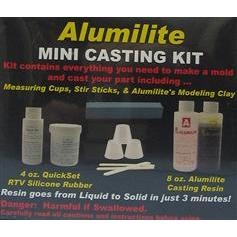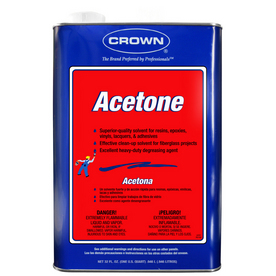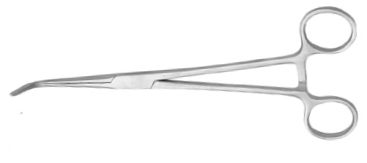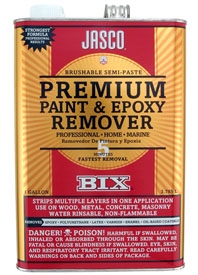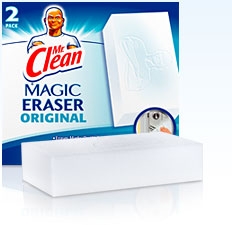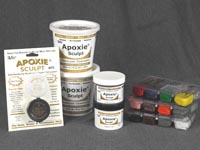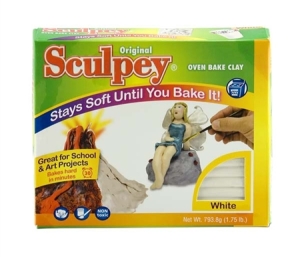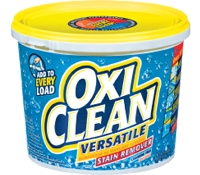Some of the materials and techniques used for restoring ponies need a little more explanation than others. Here you'll be able to find directions for their use, as well as links where you can buy some of the less common products. Check out "Where to Buy . . ." for links to all sorts of places to buy various materials.
Includes:
- Benzyl Peroxide - Bleach - Casting Kits - Combs - Curling & Flat Irons - Dawn Dish Detergent -
- Hairspray - Hemostats - Jasco - Mr. Clean Magic Erasers - Nail Polish Remover -
- OxiClean - Re-hairing Tools - Remove-ZIt - Sculpey & Apoxy Sculpt -
Acetone
Mostly used for de-flocking so soft ponies and removing unwanted glue from pony bodies. Avoid painted areas as it will remove them.
Acrylic Craft Paint, Pearlizing Medium, Metallic Paint, Gloss Glaze & Brushes
For touching up and re-painting symbols, and for painting over flaws that can't be removed from the pony's body. Pony symbols are shinier than their bodies, so you'll want something with some gloss to it. Their bodies are more matte. There are tons of brands available, you'll have to experiment until you find your favorite. Read "The Difference Between Acrylic Paint Grades" to help get you started.
Pearlizing mediums, metallic craft paints, and gloss glazes can all be found in the same section of the craft store as the craft paints.
There are also many different types of brushes available intended for different purposes. Read their labels and play around to find your favorites.
Benzyl Peroxide
Found in acne creams such as Clearasil. Used for removing stubborn stains. You have to take this off before the stain is completely faded as it will keep working for some time after you wash it off and can over-bleach the pony. Leave it on between 15 and 30 minutes, rinse, and reapply as needed. It's also best to test on an inconspicuous area first. Ladyphoenix9 at the Trading Post recommends its use for the following colors:
- Safe with yellow and orange
- Test with white and pink
- Do not use with green, aqua, blue, purple/deep magenta, and pale purple
Also keep in mind it can take a couple weeks for the ponies to show damage.... even if you think it's safe, it could fade down the line.
She also warns that it can seep into the plastic and bleach out the color in painted sections of the pony's body.
- Safe with yellow and orange
- Test with white and pink
- Do not use with green, aqua, blue, purple/deep magenta, and pale purple
Also keep in mind it can take a couple weeks for the ponies to show damage.... even if you think it's safe, it could fade down the line.
She also warns that it can seep into the plastic and bleach out the color in painted sections of the pony's body.
Bleach
This is used to help prevent the spread of mold by rinsing the inside of the pony's body and dabbing it onto mold spots on the outside of their body. It's lost a lot of its popularity since ponies are made out of vinyl, which is porous, and it's not known how bleach will affect it over time. The clorox website recommends soaking plastic, non-porous toys in a solution of 3/4 cups bleach per gallon water for 5 minutes to kill germs. This will also kill mold and, well, pretty much anything. No directions available for its use on porous toys though.
Casting Kits
Sold at craft stores, these can potentially be used to cast and mold replacement 3D symbols, accessories, and parts to playsets. This is very experimental, but some collectors have had lots of luck making resin petite ponies. You'll have to find someone who is willing to loan you the accessory, playset, or pony that has the same symbol as the one you need to mold.
Combs
By far, boring plastic combs are the safest to use on pony hair. Many human and doll brushes will make their hair frizzy.
Dawn Dish Detergent
When I say Dawn, I mean DAWN. There's just something about this brand that the other brands don't have. It's one of the gentlest and best cleaning products out there.
When I say Dawn, I mean DAWN. There's just something about this brand that the other brands don't have. It's one of the gentlest and best cleaning products out there.
Hairspray
Used to hold curls in place, but it's been losing popularity because of the uncertainty of how chemicals will affect the ponies' vinyl over time. Hot or boiling water usually sets curls so that hairspray is often unnecessary.
Hemostats
A type of forceps that are invaluable at getting inside a pony's body to remove old hair and pull new tails through the opening in the pony's rear. The curved kind are particularly useful for getting inside a pony's head.
Jasco
Used for de-flocking so soft ponies, often in conjunction with acetone. You'd think it would, but it doesn't remove painted areas such as eyes, blush, and symbols.
Mr. Clean Magic Erasers
Really are magic! These are great for taking all sorts of marks and stains off of ponies, as well as for the general cleaning of surface dirt and reducing the appearance of smooze/pin dot mold. Make certain to get the original version. The ones made for bathrooms, etc., have cleaning chemicals in them that you don't want on your ponies. These are great for cleaning over symbols, eyes, blush and other painted area, but be extremely gentle. They WILL take off symbols and other paint if you rub too hard. . . . and yes, they are supposed to fall apart as you use them.
Really are magic! These are great for taking all sorts of marks and stains off of ponies, as well as for the general cleaning of surface dirt and reducing the appearance of smooze/pin dot mold. Make certain to get the original version. The ones made for bathrooms, etc., have cleaning chemicals in them that you don't want on your ponies. These are great for cleaning over symbols, eyes, blush and other painted area, but be extremely gentle. They WILL take off symbols and other paint if you rub too hard. . . . and yes, they are supposed to fall apart as you use them.
Nail Polish Remover (with acetone) & Q-tips
This is great for removing scuffs and stains off a pony's body. Also, when a pony's symbols and eyes are too far gone to be touched up and you need to completely remove them for a re-painting job, rubbing them with a Q-tip dipped in nail polish remover will take the paint right off. This is true for all types of sympols, both paint and glitter.
Curling & Flat Irons
For straightening frizzy hair, straightening tinsel, and re-curling hair. Be extremely careful if you choose this method as they can melt the hair and tinsel. Most collectors choose to dampen the ponies hair and set the iron to low when using these tools. You can use a crimping iron to fix pony hair that was originally crimped (if you can find one!). Don't use heat on color changing hair as it will melt.
For straightening frizzy hair, straightening tinsel, and re-curling hair. Be extremely careful if you choose this method as they can melt the hair and tinsel. Most collectors choose to dampen the ponies hair and set the iron to low when using these tools. You can use a crimping iron to fix pony hair that was originally crimped (if you can find one!). Don't use heat on color changing hair as it will melt.
To clean many surface stains as well as mold and rust inside a pony's body, simply boil it in OxiClean or another oxygen cleaning product such as Vanish Oxy Action. Some collectors believe it is safer to soak the ponies in hot water and OxiClean versus boiling water. The spray on version works well for cleaning so soft ponies.
Remove the ponies head so the water gets inside. This also helps prevent the head and body from becoming misshapen.
Don't let the pony's hair or body touch the bottom or sides of the pot as the pony might melt or burn. You can hold them in place with tongs.
You'll also likely need to wipe off excess powder and wash and condition your ponies hair after you are finished. This tends to dry out their hair.
There doesn't seem to be a set rule collectors use for the amount of powder and water to use. It's just a arbitrary "scoop" of cleaning product in a pot or sink full of water. The amount of time to soak the pony varies by what it is you are trying to remove. If boiling, the pony can realistically only stay in the water for a few minutes. For soaking really difficult stains and molds, its not uncommon for collectors to leave their ponies in the bath for hours.
Do not boil so softs, ponies with glittery symbols, ponies with plastic attachments, and ponies with moving or electronic parts. This will ruin them. The OxiClean can also take the finish off of pony eyes and the pearlized paint off off twinkle eyes.
Oxiclean has been known to fade pink hair and pink symbols. Be extra careful when boiling or soaking ponies with chartreuse hair as this color has a tendency to leak out and stain their bodies. Color changing hair will also melt in heat.
Here's a tutorial on using OxiClean courtesy of Raemarie from the MLP Trading Post. In this case, she's using an OxiClean bath to remove smooze from a Baby Glory.
OxiClean (or other oxygen based cleaning products such as Vanish Oxy Action)
Remove-Zit
Sculpey & Apoxie Sculpt
Both used for sculpting missing, broken, and chewed on body parts, as well as accessories and playset parts. Check out Where to Buy . . . for an in depth comparison of the two. The major difference is that Apoxie Sculpt will dry on its own while Sculpey has to be baked in the oven. You can put regular ponies right in the oven. Avoid ponies with 3D symbols, moving, and mechanical parts. Don't put playsets and most accessories in the oven. Follow the instructions on the package for temperature and cooking times.
Home
Goals
MLP Restoration
- Body
- Hair
-
Materials & Directions
FarDreamer




